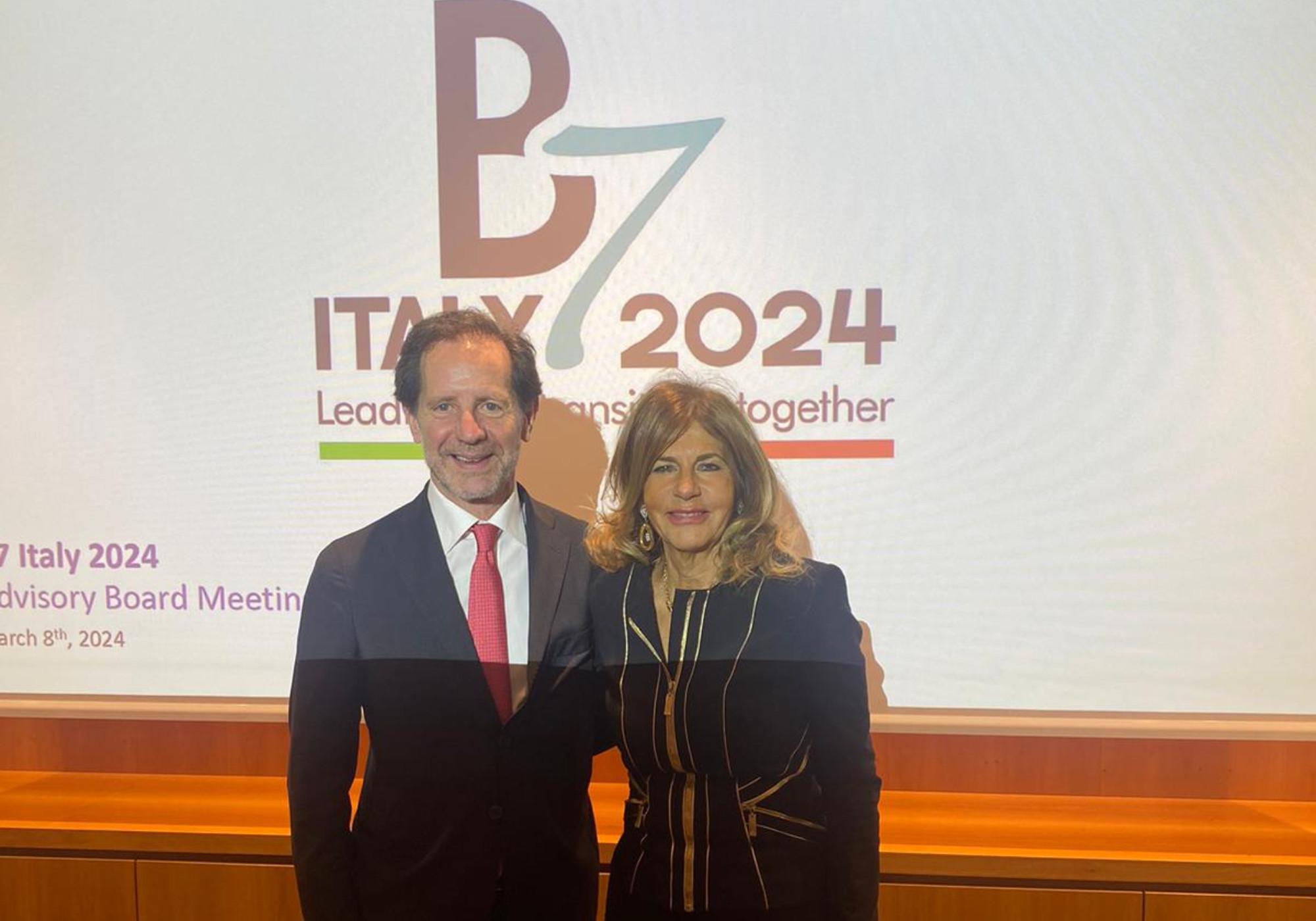The violent party is still clearly more often a man than a woman. Violence by women may now be better recognized.
When looking at physical violence in relationships, the perpetrator is still clearly more often a man than a woman – but the proportion of women has risen slightly over the last ten years. In 2020, about 81 percent of the cases reported to the authorities were violent.
Ten years earlier, the proportion of men was five percentage points higher, says the development manager of the National Institute for Health and Welfare (THL). Martta October.
“As intimate partner violence is largely a hidden crime, it cannot be directly concluded that violence against women has increased by five percentage points in ten years, but more likely that violence against women has only come to the attention of the authorities,” says October.
According to October, the repeatedly violent party is more often a man than a woman. Violence against women by men is also, on average, more serious.
Victim Investigations only about 10 percent of all intimate partner violence comes to the attention of the authorities. Expert in violence work at the Association of First and Shelter Homes Jaana Autto says the number of home alerts received by police has increased during the corona pandemic: the pandemic has increased nausea and thus affected human relations as well.
However, according to Autto, the number of customers in the shelters of the Association of First and Shelter Homes has decreased. Isolation at home and the avoidance of contact may have raised the threshold for applying for shelter.
On the other hand, the number of clients in outpatient services for violent work has increased considerably.
Saman also confirmed by THL’s specialist Elisa Niklander. For example, in the nationwide helpline for victims of intimate partner violence at the Zero Line, the number of calls increased so significantly in 2020 that last year the Zero Line also opened a chat service alongside the helpline.
“There is a lower threshold for contacting via chat, and it may also be possible to get in touch in situations where the perpetrator is in the same apartment,” says Niklander.
Women the proportion of physical violence perpetrated against their partners has also increased in the longer term, even in cases where asylum is sought.
According to Jaana Auto, this mainly means that attitudes are changing. There has also been more talk of violence against women, which has raised awareness and supported the identification of violence.
Autto says the violent behavior of women is still associated with contempt and is not considered as serious as the violence perpetrated by men. This can make it easier to stay in such a relationship and not be able to seek help in a situation.
“Today, women victims – men, women and non-men alike – are also referred more effectively to shelters. Citizens also have better information about in which situations and who can go to a shelter. There is still work to be done to change attitudes. ”
Autto reminds that it is always important to get help from those who use violence, as violence rarely ends on its own. The perpetrators of violence work in the Association of First and Shelter Homes also help perpetrators of violence.
In Finland women aged 25-45 are by far the most experienced in domestic violence. The risk of violence is increased by, for example, previous violence, violence experienced in childhood, various substance abuse and mental health problems, and stressful life situations such as divorce, pregnancy or infancy, says THL’s Martta October.
According to Jaana Autto, stress, general insecurity, jealousy and unreasonable expectations of a partner can also increase the risk of violent behavior.
Autto reminds us that breaking out of a violent relationship is not simple or easy. Some leave the relationship quickly, while others may live in it for decades.
“Violence in a relationship usually begins little by little and gradually worsens, which contributes to the fact that it is not always very easy to identify.”
Physically there is always mental violence in violent relationships as well. Mental violence may have undermined the victim’s self-confidence and self-esteem, and he or she may experience guilt, shame, and disbelief in the violence.
According to a survey conducted by the Association of First and Shelter Homes, seeking help is most often based on concerns about one’s own health and coping, worries about children, getting tired of fear, or even an understanding that violence has taken place.
Elisa Niklander from THL says that sometimes the victim returns to a violent relationship several times before the final break-up. This is due, at least in part, to the dynamics of intimate partner violence: few relationships involve only violence, and the good and bad stages and actions vary.
“Often, those who have experienced violence also experience feelings of love and affection for the perpetrator. So feelings for an abusive partner can be very conflicting. ”
Those who have experienced violence can seek help from the Zero Line, for example. The toll-free helpline, 080 005 005, can be called at any time. The chat is open from 9 am to 3 pm at nollalinja.fi. The addresses and telephone numbers of all Finnish shelters can also be found on the zero line website.
#Relationship #statistical #proportion #women #perpetrators #violence #relationship #increased

/cloudfront-eu-central-1.images.arcpublishing.com/prisa/BCNXVGAHWJBD5L2SHL65NTRAKM.jpg)





